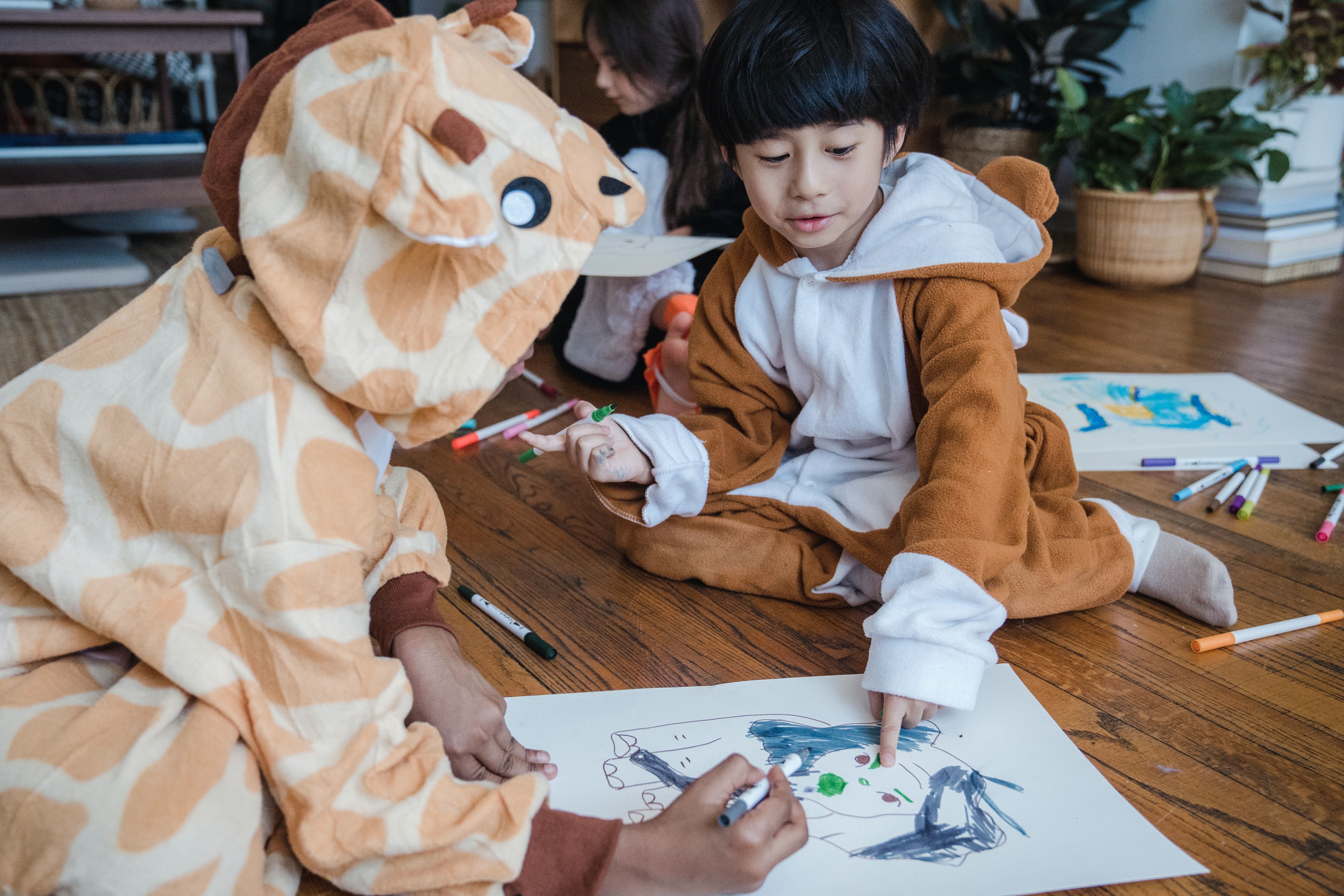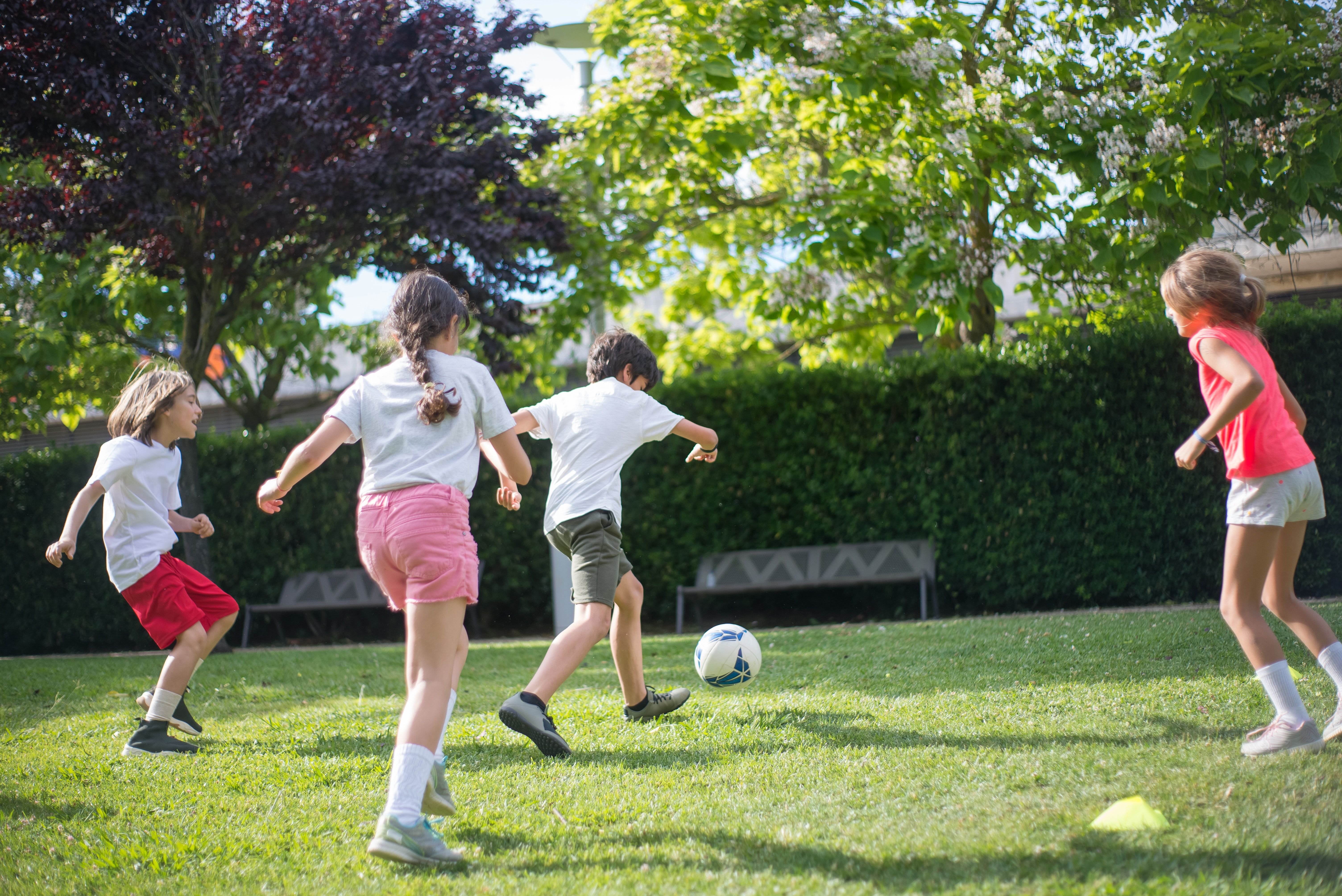
Tips for Keeping Kids Engaged and Learning at Home
By now, I am sure you’ve figured out the importance of a daily schedule.

For kids old enough to read and tell time, we recommend having a set spot in the house where they can check on what they should be doing now and what comes next. For younger kids, go over the schedule with them every morning over breakfast. When will mom and dad be available? When am I expected to be doing an activity on my own? What are the things I am looking forward to today? What am I expected to complete today? Your schedule should answer all of these questions.
But just as important as having a schedule is what’s on the schedule. Creating a balanced day and helping kids stay focused on learning without their teachers and fellow classmates -- that is quite a challenge!
We recommend adding these items to your schedule to make the most of the school day:
1. Social Time
Keep the social aspect of school alive with engaging activities and less written work. Work with your child to make a list of family and friends to keep in touch with weekly. Video calls help kids develop social and executive functioning skills. Create a list of questions/prompts for every call (e.g. How are you feeling? What did you learn yesterday? What are you looking forward to this weekend? What do you miss about school?).

2. Creative Time
Our tutors point out how hard it is for kids of all ages to stay focused in front of a screen. To facilitate focus, we recommend using creative activities during learning. For example, our language tutors reinforce vocabulary by drawing with kids during their video meetings. The act of creating has the magic ability to make us forget that we’re in front of a screen. Alternatively, schedule 20 minute art breaks, including things like learning origami or making your own play-doh between scholastic activities.
3. Movement Time
While it’s vital for all of us to keep moving, it is especially important for kids and teenagers, who are used to spending part of the day running around outside or doing sports. Create 3 breaks in the daily schedule for movement. Similar to art activities, movement provides necessary “brain breaks.” Our tutors often incorporate breathing and/or stretching during the lesson to help maintain focus.

4. Wrap up Time
Make a ritual that tells kids that the school day is over. This should include going over assignments, making sure they are submitted and/or done correctly. We have tutors on call to help with daily or weekly wrap-up activities.
Recommended Resources
Art
• Origami
Reading
• Books read aloud & matching activities
Movement
Scholastic Enrichment
Other Activities
• Zoo cams


